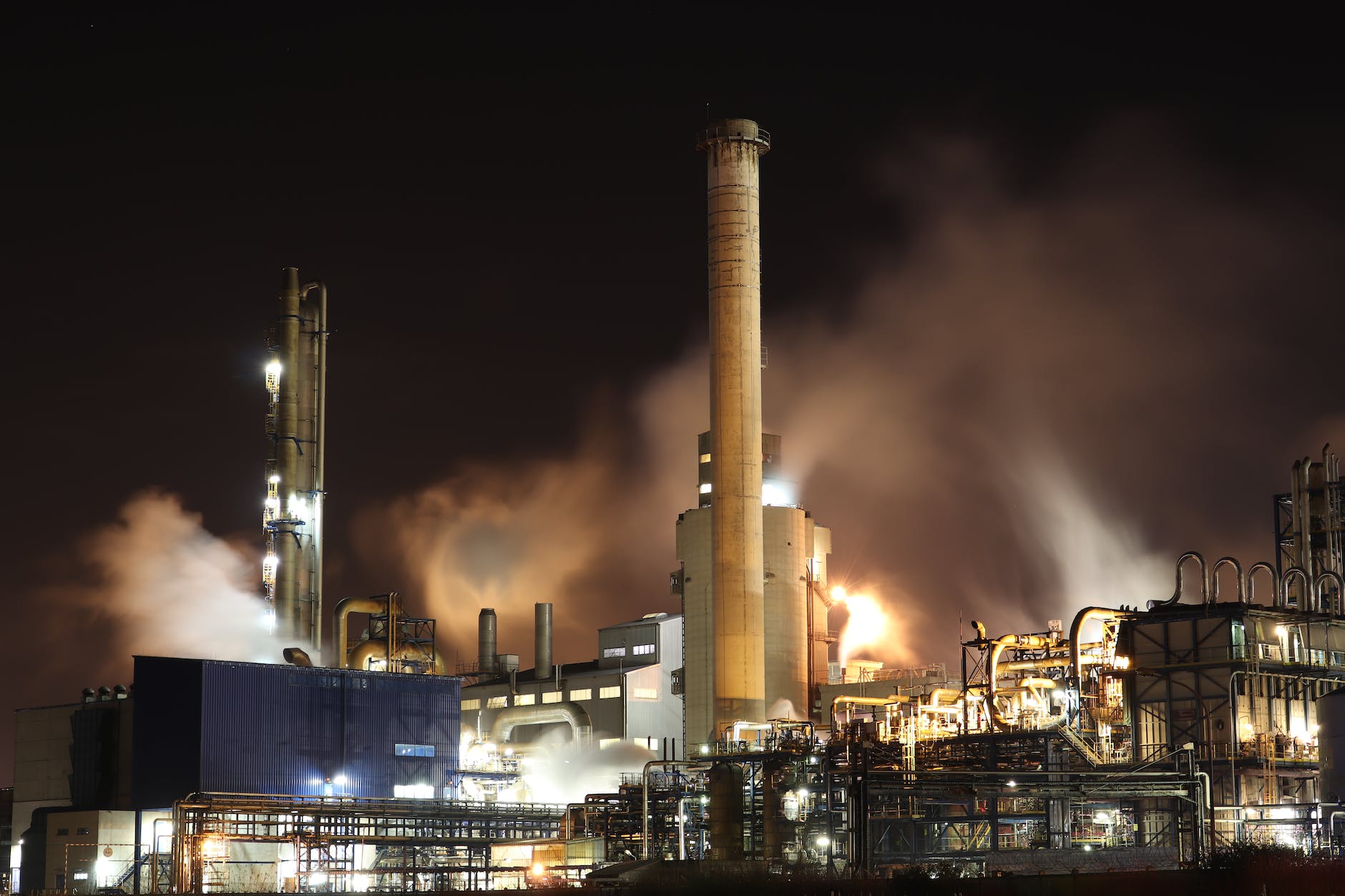
Oil and Gas Industry Safety 2024
Safety in the oil and gas industry stands as a paramount concern, evolving through time to meet new challenges. In 2024, this sector has witnessed significant strides in ensuring the well-being of its workforce while optimizing operational efficiency.
Introduction to Oil and Gas Industry Safety
Safety isn’t just a buzzword in the oil & gas sector; it’s a fundamental cornerstone dictating operations. Over decades, safety practices have evolved, driven by incidents and a deep-seated commitment to protecting lives and the environment.
Key Safety Regulations in 2024
In 2024, the industry is guided by robust safety regulations, shaped by the collaboration of industry experts and regulatory bodies. These standards aren’t static; they’re adaptive, constantly refined to address emerging risks and technological advancements.
Training & Education Initiatives
Investments in workforce education have become a priority. Rigorous safety training programs ensure that every individual involved in the industry understands and implements safety protocols effectively.
Risk Assessment and Management
Identifying risks and proactively managing them is crucial. With sophisticated risk assessment tools, companies can pinpoint vulnerabilities and take preventive actions, reducing the likelihood of incidents.
Safety Culture in the Industry
Building a culture that prioritizes safety involves more than just rules. It’s about fostering a mindset where safety is ingrained in every action, empowering employees to take ownership of their safety and that of their colleagues.
Environmental Considerations in Safety Measures
The industry is embracing sustainable practices without compromising safety. Companies are devising innovative methods to operate safely while minimizing their environmental footprint.
Safety in the oil and gas industry has seen continuous advancements and prioritization as we move into 2024. Several key trends and measures are shaping safety protocols in this sector:- Remote Monitoring and Control: Remote monitoring systems allow operators to oversee operations from a safe distance, reducing the need for physical presence in high-risk areas. This helps in swiftly responding to emergencies and minimizing on-site risks.
- Training and Education: Continuous training and education programs are being implemented to ensure that workers are well-equipped with the latest safety protocols and procedures. Simulations and virtual reality training aid in preparing employees for various scenarios they might encounter.
- Focus on Mental Health: Beyond physical safety, mental health awareness and support systems have gained prominence. The industry acknowledges the demanding nature of the work and provides resources to support employees’ mental well-being.
- Regulatory Compliance: Stricter regulations continue to be implemented, mandating higher safety standards across operations. Companies are expected to adhere to these regulations and often go beyond them to ensure a safer work environment.
- Emergency Response Planning: Robust emergency response plans are in place, regularly reviewed, and practiced. These plans encompass various scenarios, from oil spills to equipment failures, ensuring a prompt and effective response to mitigate potential risks.
- Environmentally Conscious Practices: Safety measures now extend to environmental protection. Companies are investing in technologies and practices that minimize environmental impact, reducing incidents that could harm ecosystems.
- Collaboration and Industry Standards: The industry emphasizes collaboration and the sharing of best practices among companies. This collaboration helps establish industry-wide safety standards and promotes a collective commitment to safety.
In summary, safety in the oil and gas industry in 2024 is a multifaceted approach encompassing technological innovation, stringent regulations, employee well-being, environmental consciousness, and collaborative efforts to ensure a safer working environment for all involved.Challenges and Future Outlook
Despite advancements, challenges persist. Maintaining safety amidst evolving technologies and unforeseen circumstances remains a constant endeavor. However, the industry’s commitment to innovation ensures a promising future for safety measures.
Conclusion
The oil & gas industry’s commitment to safety in 2024 is evident in its proactive measures, technological integrations, and emphasis on creating a safety-centric culture. Striving for continuous improvement, the industry is poised to navigate challenges and advance safety standards further.
Oil and Gas Industry Hazards and Control Measures
Crane Hazards and Control Measures
Construction Hazards and Control Measures
Fire Hazards and Control Measures
Electrical Hazards and Control Measures
FAQs
- How has technology impacted safety in the oil & gas industry? Technology has significantly improved safety in the industry by introducing advanced monitoring systems, predictive analytics, and automation. These innovations enable real-time risk assessment, early detection of potential hazards, and proactive intervention, ultimately reducing the likelihood of accidents.
- What role do regulatory bodies play in shaping safety standards? Regulatory bodies play a crucial role in establishing and enforcing safety standards. They collaborate with industry experts, conduct assessments, and update regulations to align with evolving risks and technological advancements. Their oversight ensures compliance and promotes a culture of safety.
- Why is a safety culture crucial in the industry? A safety culture is essential because it fosters a mindset where safety is everyone’s responsibility. It goes beyond following rules; it involves ingraining safety into every action and decision. When employees prioritize safety, incidents decrease, and the work environment becomes more secure and productive.
- What are the primary challenges in maintaining safety in this sector? One of the main challenges is keeping pace with technological advancements while ensuring their safe integration. Additionally, maintaining consistent safety practices across diverse operational areas and addressing human factors, such as complacency, poses ongoing challenges.
- How are environmental concerns integrated into safety measures? The industry is increasingly adopting sustainable practices that integrate environmental considerations into safety measures. This involves using eco-friendly technologies, reducing emissions, minimizing waste, and implementing procedures that mitigate environmental impact while maintaining safety standards.
























